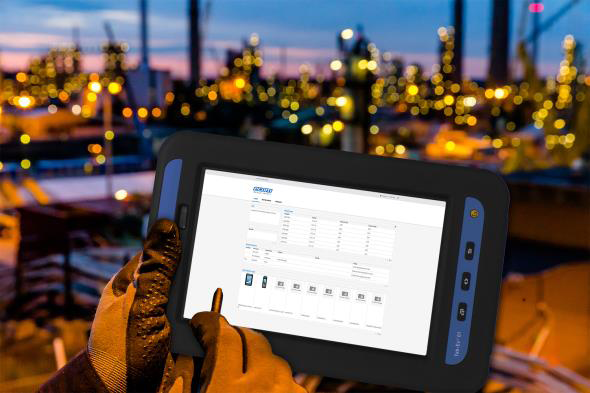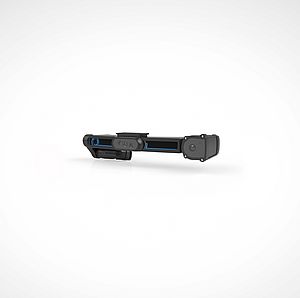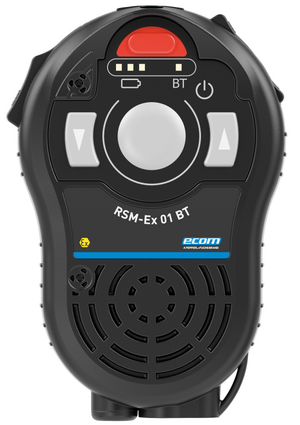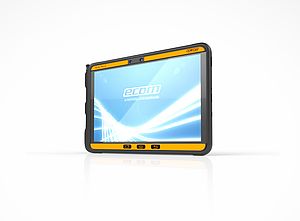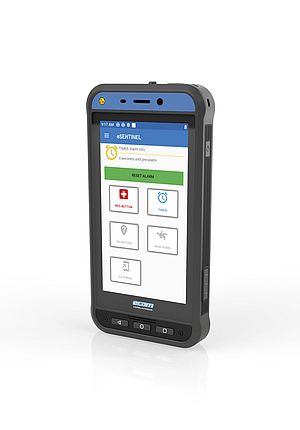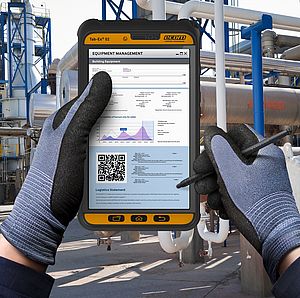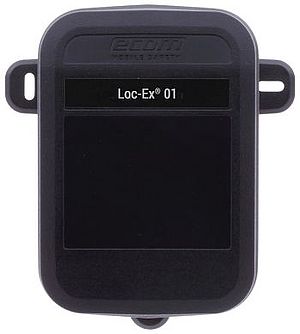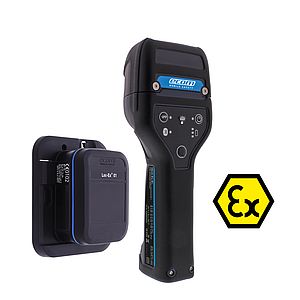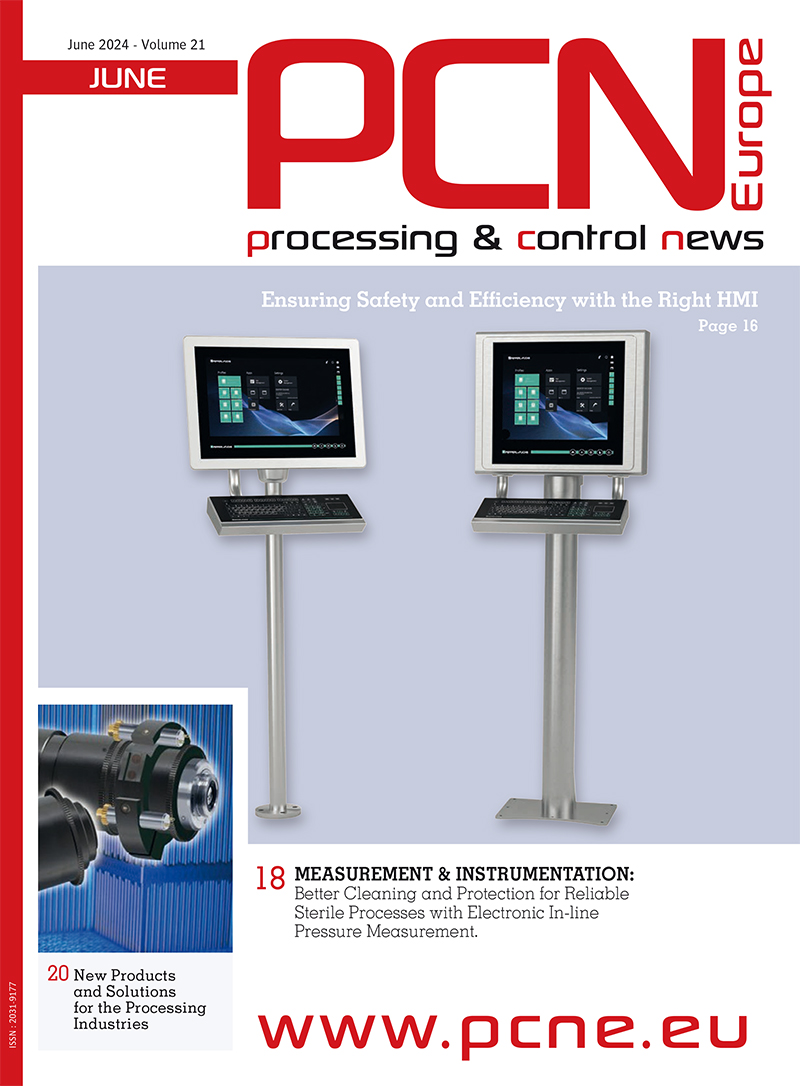The working conditions in hazardous areas has massively improved in the last years, thanks to the progress reached in the underlying technology of production facilities, systems and machinery. This technology has given rise to a range of challenges including the need to capture, send and process more data (including videos), collaborate in real-time with team members and remote experts, quickly locate lone workers who need to be rescued, and have rapid access to documents, networks and blueprints.
The high demand for the technical availability requires – especially in potentially dangerous hazardous areas (Zone 1/21 and 2/22 as well as Division 1 and 2) or harsh environments – flexible and secure communications at any time, in any place. The focus is always on network compatibility and the need for constant access to wireless communications networks.
ecom enables the industry to take advantage of technology in new usage scenarios and use innovative applications with its evolutionary Mobile Worker approach, a flexible and integrated wireless ecosystem built around rugged and explosion-proof mobile computers (tablets, smart phones, PDAs), wireless peripheral devices and smart software applications.
The requirements for mobile devices in hazardous areas are constantly increasing
Wireless technologies such as LTE, WLAN, WWAN, GPS and Bluetooth are, without a doubt, the alpha and omega for the intelligent intercommunication of humans, plants and equipment. However, the ever‐increasing number of digital communication systems also means that mobile devices – supporting various wireless connectivity types (WiFi, cellular, Bluetooth, GPS, RFID etc.) in the same device – must meet greater user expectations. They must ensure fast, secure and flexible data transmission and communications over long distances at any time.
Equipped as standard with the latest 4G/LTE and Bluetooth 4.0 BLE (Bluetooth Low Energy) wireless communications technologies, the world´s first intrinsically safe Android Smartphone Smart-Ex® 01 and the only Zone 1 / 21 and Division 1 certified Tablet Tablet Tab-Ex® 01, simplify, modernise and accelerate communication and collaboration between mobile workers, the experts at the control center and the backend systems.
Wireless communication even without WiFi connection
If no wireless network is available, engineers can also use mobile applications with the WWAN (Wireless Wide Area Network) compatible PDA i.roc® Ci70 -Ex, without having to rely on Wi-Fi, thus operating in much larger areas.
ecom’s i.roc® Ci70 -Ex enables the use of commonly available mobile phone networks to provide real time connectivity to centralised and cloud based networks. When combined with the integrated GPS capability of the i.roc® Ci70 -Ex, inspection and repair locations of a pipeline can be “geo‐tagged” to reduce the time to locate the area next time.
Increasing growth of wireless communication in hazardous areas
What began in the consumer sector has now been established in the industry. Wireless networks are becoming increasingly important. ecom's powerful mobile hardware – from the Tablet Tab-Ex® 01, the smartphone Smart-Ex® 01 up to the PDA i.roc® Ci70 – allows communication anywhere and at any time and improves the collaboration of employees on site with colleagues or experts outside of hazardous areas. Thus, decision-making processes can be shortened and problems and damages can be resolved quickly and efficiently.
For more information, please visit ecom’s website: www.ecom-ex.com


